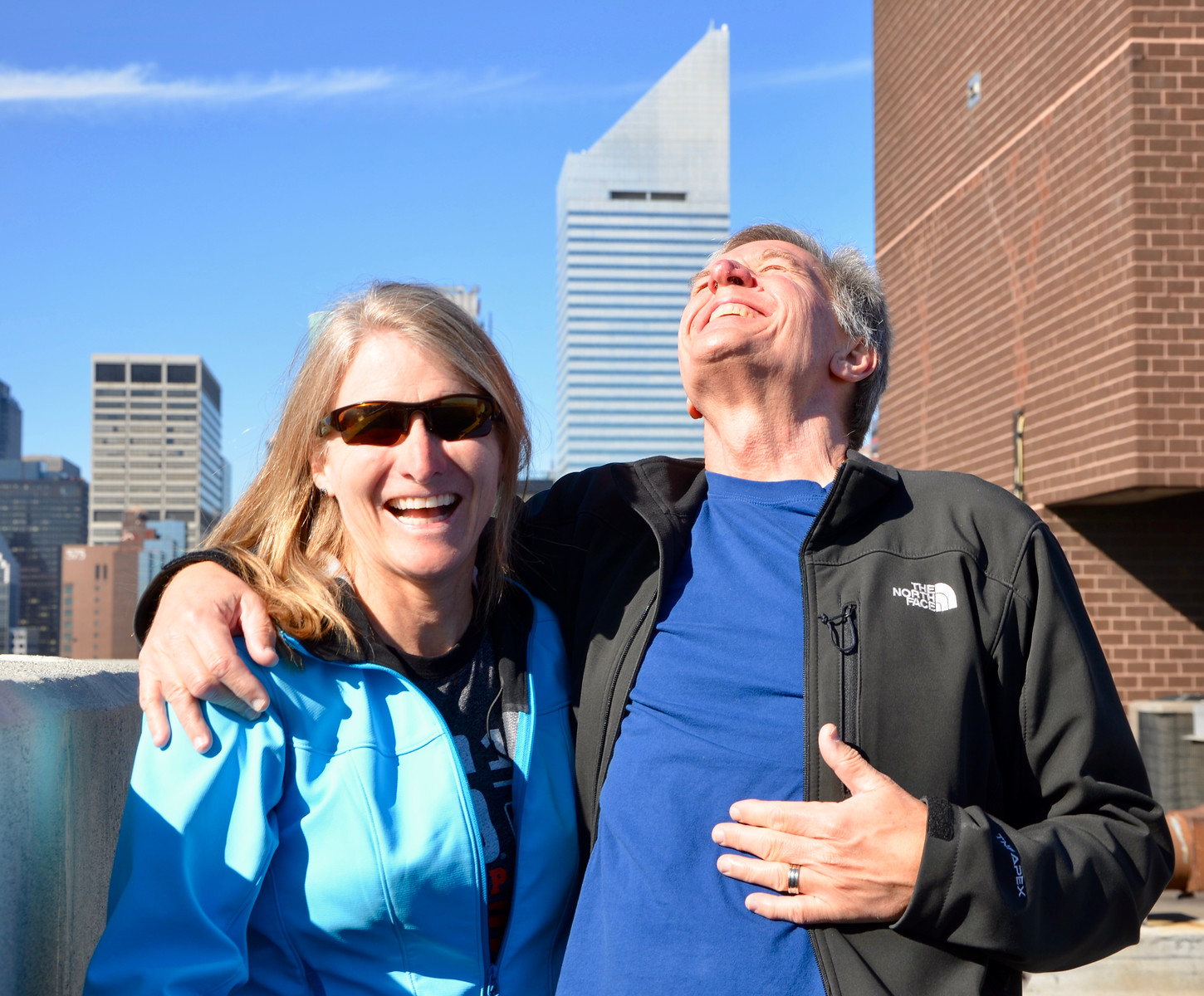This is the fifth in a series of posts about our trip to Patagonia, which took place during the first few weeks in 2020, before the entire human race began playing tag with a deadly virus and “social distancing” was in response to somebody’s bad breath or body odor. Ah, how we crave the “old normal”.
In our last post we were hanging out at the Blue Lagoon and getting our very last look at the Fitz Roy Massif. We said goodbye to the nice folks at the very remote Estancia Helsingfors and headed to one of Argentina’s major tourist attractions , the Perito Moreno glacier.
Presently, ten percent of land area on Earth is covered with glacial ice. Covered areas encompass nearly six million square miles and there are thousands of glaciers worldwide. So what makes this particular one so special? Quite a lot, it turns out.
While most of the glaciers worldwide are retreating as a result of climate change, Perito Moreno is actually maintaining a state of equilibrium by accumulating mass at a rate similar to that of its loss. At nearly 19 miles (30 kilometers) long, it is one of the largest glaciers in Patagonia and began to form during the last Ice Age, which started approximately 2.6 million years ago and ended around 11,700 years ago. Scientists calculate that the Perito Moreno glacier is approximately 18,000 years old.
Perito Moreno is perhaps most famous because it periodically cuts off the major southern arm (known as Brazo Rico) of Lago Argentino. The glacier advances right across the lake until it meets the opposite shoreline, and the ice tongue is “grounded” so that it forms a natural dam. The ice dam prevents lake water from circulating from one side to the other. Because of this natural ice dam, meltwater from the south raises water levels in Brazo Rico by as much as 100 feet (30 meters) above the level of the water in Lago Argentino. The great pressure of this water ultimately causes the ice tongue to rupture catastrophically, spectacularly discharging up to two million gallons (8,000 cubic meters) of water into Lago Argentino. The process repeats, on average, every four to five years as the glacier grows back towards the shoreline.

Armed with much of this knowledge from our expert local guide, we still weren’t prepared for the immensity and proximity of the glacier. Because we arrived late in the afternoon when many of the large tour groups were departing, the crowds were manageable. The glacier is within the Los Glaciares National Park and the park service has built extensive metal walkways that allow visitors to view the glacier from various perspectives. Perito Moreno is one of those sights that can look completely different depending on where you stand. Even then, it will change appearance if the sun breaks through and fleetingly shines on a spot.





For those who don’t mind very cold temperatures and aren’t prone to seasickness, a boat will take you out on Lago Argentino, where you can view the massive wall of blue ice from water level. From that perspective, I imagine it looking like “The Wall” from Game of Thrones.




We only had 90 minutes at the glacier but could have spent hours exploring all of the walkways and just staring at this phenomenon of nature that made each of us feel small and, on a geological timeline, very insignificant. As our visit ended, we reluctantly boarded our bus and headed to El Calafate, where we would be on our own for dinner. As our local guide highlighted some dining establishments within walking distance of our hotel, one word stood out. Brewery. Everything he said after that was unnecessary. Craft beer and pizza at La Zorra. Winner!


Up next – a day of unexpected surprises and memorable moments!

Thank you for your encouraging blog. Keep sending.
The glacier pictures are amazing. I enjoyed reading about Perito Moreno, quite a history. Thanks for sharing.
outstanding!!
I just love reading about our trip and being reminded of the wonderful times we had. Thank you Greg!!